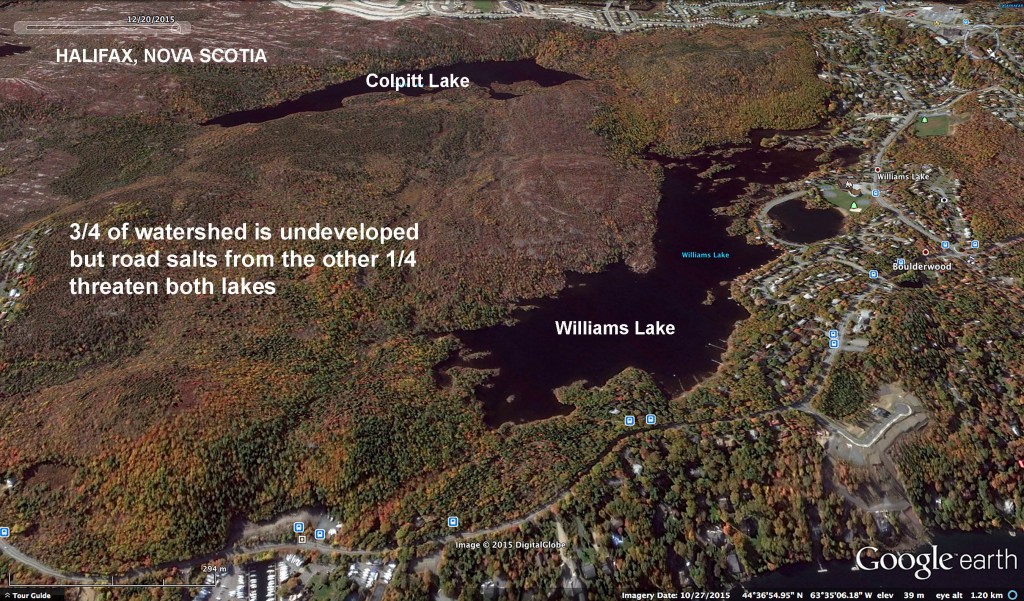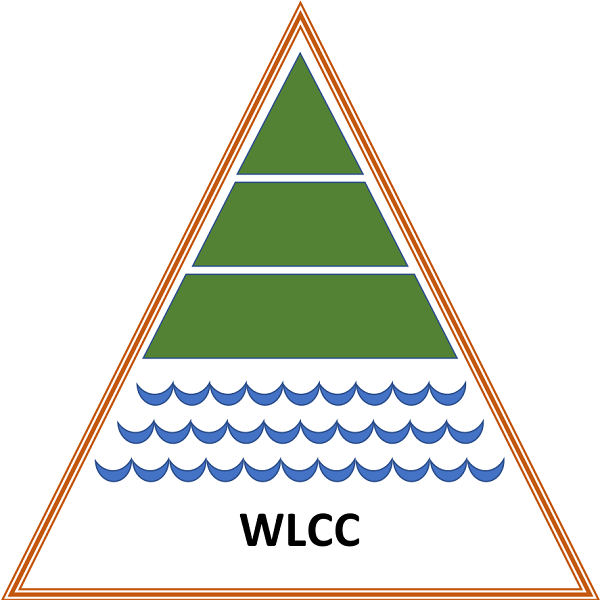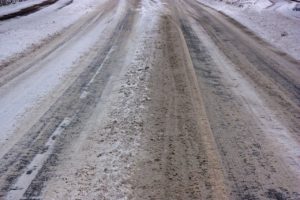Watershed Data
The Williams Lake Conservation Company monitors both rainfall levels in the watershed area, and water levels in the lake itself.
Current Year
For Lake Levels from 2018-2023 click here: Williams Lake Water Levels 2018-2023
Past Years
For Summer Rainfall vs Lake Levels click here: Summer Rainfall vs Lake Levels 2002-2020
For Lake Levels from 2012-2020 + Rainfall 2020 click here: Williams Lake Water Levels 2012-2020 (as presented at AGM)
For Lake Levels from 2002-2020 click here: Williams Lake Water Levels 2002-2020
For Lake Levels from 2002-2012 click here: Williams Lake Water Levels 2008-2011 and 2002-2012
For Rainfall for 2012 click here: Rain in Williams Lake Area 2012
For Rainfall for 2011 click here: Rain in Williams Lake Area 2011
For Rainfall for 2010 click here: Rain in Williams Lake Area 2010
For Rainfall for 2009 click here: Rain in Williams Lake Area 2009
Bacterial Levels
The Williams Lake Conservation Company monitors important environmental indicators.
E. coli is a bacteria which is found in the intestines of animals. High levels indicate the water is contaminated. The graph includes data from 2001 to 2012 from the eastern and western ends of the lake.
For Williams Lake coliform counts 2010-2020 click here: Williams Lake Bacterial Tests 2010-2020
For Williams Lake coliform counts 2001-2014 click here: Lake Water Testing Results 2001-14
Road Salts Threaten Lakes

Water quality measurements on Williams Lake and Colpitt Lake (Halifax, N.S.) Dec 7-13, 2015
Report to Williams Lake Conservation Company (WLCC)
by David Patriquin
Prof. of Biology (retired), Dalhousie University
January 6, 2016
SUMMARY
Concerns have been expressed by the Williams Lake Conservation Company (WLCC) about possible effects of renewed salting of roads close to Williams Lake on water quality of the lake. Such salting was replaced by sand and grit in the late 1980s which was maintained until January 2015 when regular salting was re-instigated.
Are we salting Williams Lake to death?
Halifax Media Co-op
by Miles Howe
January 11, 2016
View Media Co-op Report & Interview here.
Investigating Equitable and Sustainable Access to Halifax’s Urban Wildlands
Elizabeth Carr, Plan6000 Independent Project
From the Executive Summary:
The topic of my research project is equitable and sustainable access to urban wildland
parks in the Halifax Regional Municipality (HRM). Three parks were selected as study areas for
the project including Blue Mountain-Birch Cove Lakes, Sandy Lake-Sackville River Regional
Park, and the Shaw Wilderness Park. Investigating urban wildland access is a relevant topic
due to the influx in people interested in getting outside and enjoying wilderness experiences
since the beginning of the COVID-19 pandemic. My project will look at how accessible the three
selected parks are for neighbouring communities and whether there are barriers that can be
addressed from a planning perspective.
[The PDF of this report can be downloaded by clicking here]
Investigating Equitable and Sustainable Access to Halifax's Urban Wildlands

